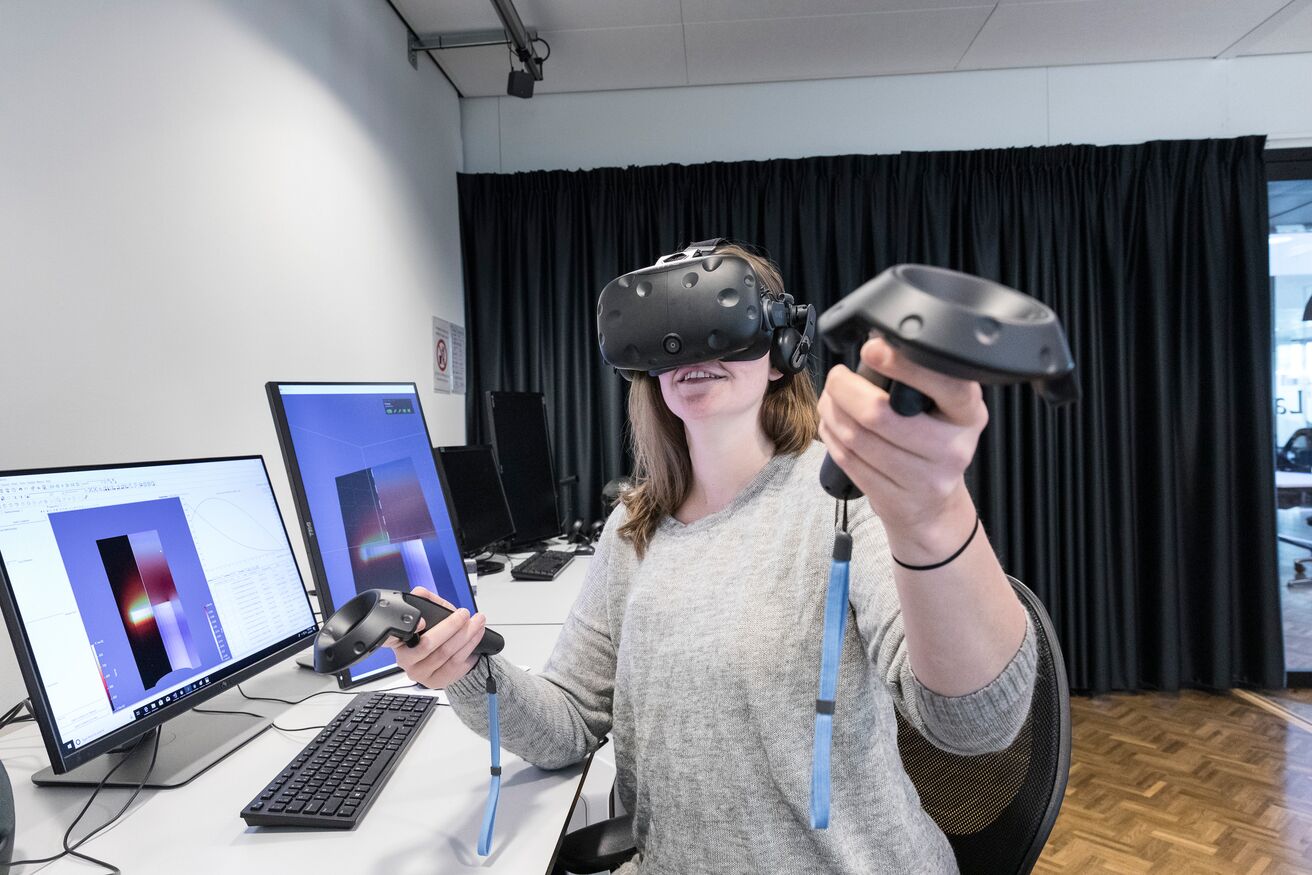
Teacher story: Toni Pape
Toni Pape
Assistant Professor of Media Studies
Over 75 students registered for my Games elective, which posed a challenge for student interaction.
We felt that that it was only right that technology and interaction should play a dominant role in a course on Games. However, organising an interactive tutorial for 75 students is no mean feat.
We finally settled on a blended-learning experiment, in which face-to-face sessions were combined with digital,interactive media. To set this up, we used the Pitch2Peer platform, which enables students to present their (individual or group) work to their peers, who are asked to assess it and provide feedback.
The power of feedback
At the end of the tutorials, students were asked to exchange individual course work in small groups and provide structured feedback on each other’s work. By reading through and commenting on each other’s work, students learn from one another.
Students began to understand that superficial feedback is essentially useless.

Peer feedback motivates, but beware of too much competitiveness
Pitch2Peer motivates students: after all, students are invested in showing good quality work to each other. However, it can foster an atmosphere of competition. Most students rather enjoyed this, but from a pedagogical viewpoint, I felt it was necessary to keep this somewhat in check.
Peer feedback motivates, but it should not create too much of a competitive atmosphere in the classroom.
If Pitch2Peer is combined with group work,student get to learn practical skills from one another, like presenting findings in the form of a poster, audiovisual essay, video, etc.
In order to make the experience as accessible for students as possible, we did not assess the feedback. I do wonder how this would have affected the quality of peer-to-peer feedback. Would students hold back on constructive criticism for fear of negatively influencing each other’s grades? It would be interesting te explore this question in future.







